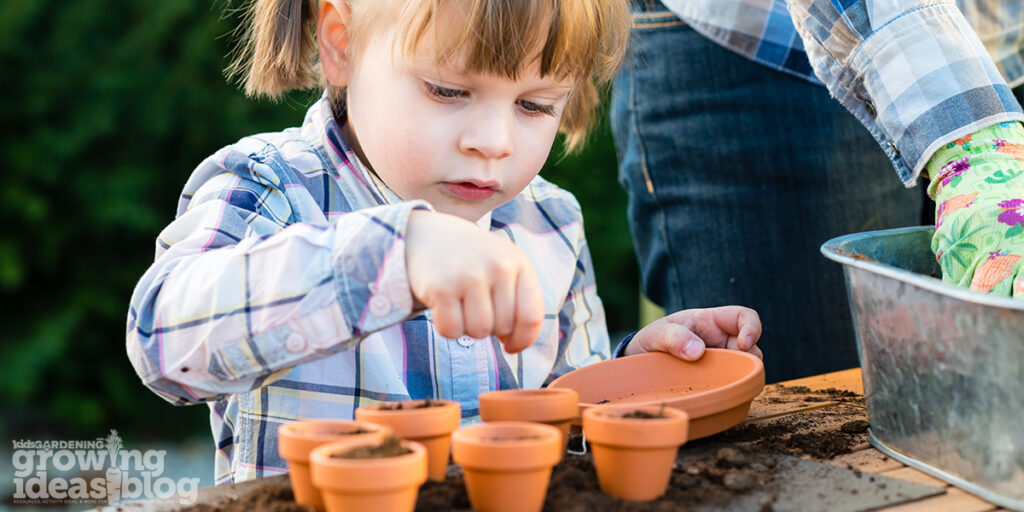
Using mulch in the garden is a great way to improve soil health, conserve water,and limit/decrease weeds. There are a variety of mulching materials available and each has their positives and negatives for the gardener to consider. Non-organic materials such as black plastic, newspapers or cardboard will all limit weed growth but they will not improve soil fertility or soil health. Organic materials such a clean straw, rotten hay (with the seeds cooked due to the rotting decomposition process), leaves, or shavings will improve soil health when tilled into the soil at the end of the growing season. The benefits to the soil will take a number of years and is an on-going process as the mulch breaks down and builds the soil.
Most people use the deep mulch method and when using any of the organic mulches just add more mulch as the mulch closest to the soil starts to breakdown. When you can start to see the soil or if you notice weeds starting to poke through it is time to add more mulch. I like my plants to be well started before adding mulch to my garden especially with tender plants like carrots or greens. To much mulch too early can result in smothering the plants.
Using mulch to conserve water works by providing a layer of insulation on top of the soil. The water passes through the mulch and the mulch then keeps the soil cool and moist by slowing evaporation. Mulch when used in combination with a soaker hose is even better because the water has been placed in the root zone. If you live in an area where you pay for water through a municipal system or need to conserve water due to a limited supply think about the benefits and cost savings that can be gained by mulching your garden.
Many gardeners use mulch as a way to choke-out weeds in walkways and close to plants. Using clean straw (without seeds) or old hay where the seeds have been killed during the heating process are important since otherwise you are just seeding in a fresh crop of weeds. There are so many other great things to do in the garden and pulling weeds is not at the top of my list for fun things to do so anything that decreases the weed population is going to be tested in my garden. I like to hill the potatoes in my garden several times throughout the growing season so I do not mulch the potato rows. I rototill between the potato rows to control weeds. If you use black plastic for mulch it is great for controlling weeds but keep in mind that water will not penetrate the plastic and once again your watering system of choice will be important.
If you have questions about using mulch or other gardening topics please send me your questions, comments, recipes or photos of your garden so we can share them with our readers in future blogs. Remember to share your extra produce with a neighbor, local food shelf or others who may not be able to garden. Happy Gardening !!



